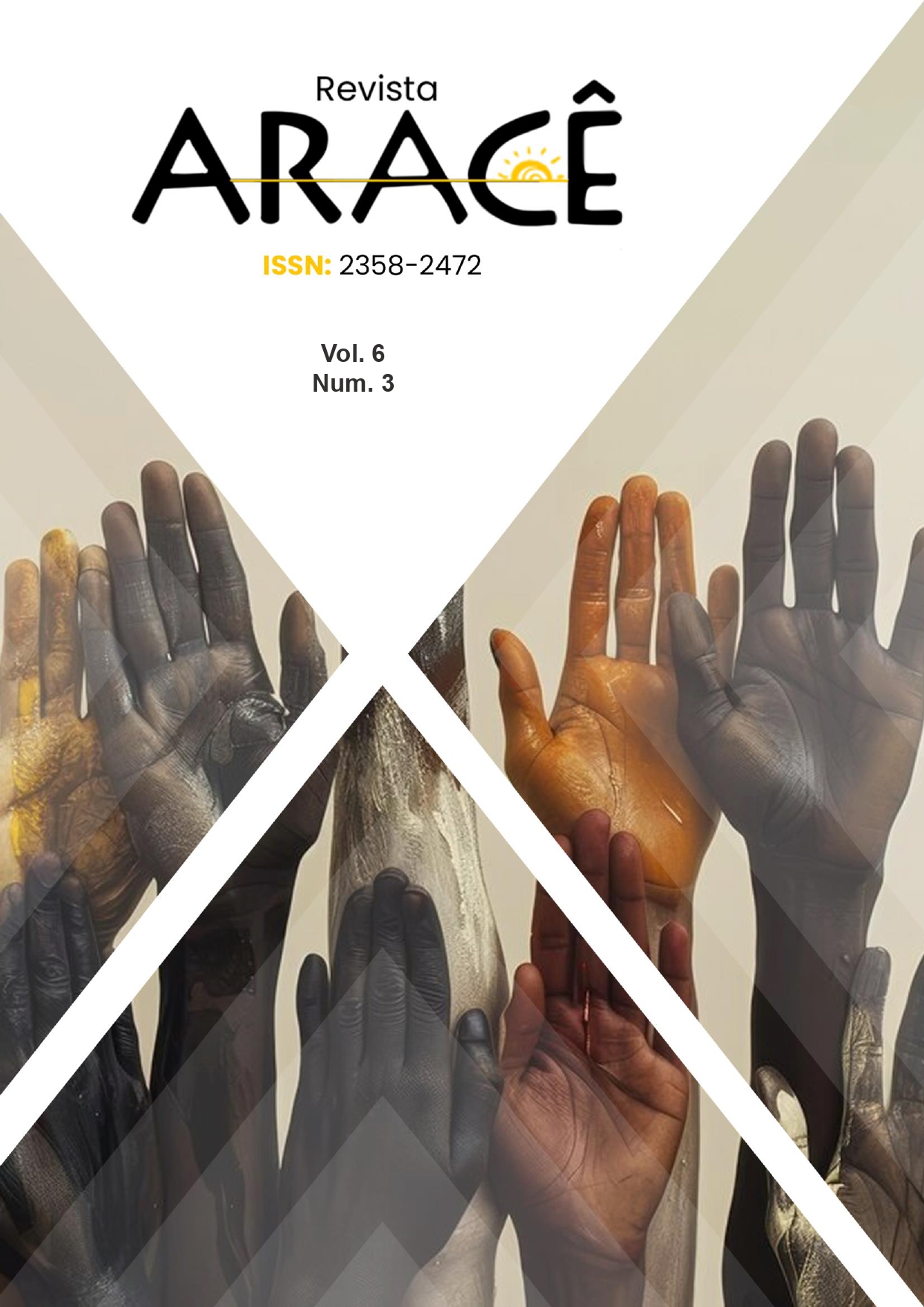REDUÇÃO DO USO DE ANIMAIS EM PESQUISA: TENDÊNCIAS E DESAFIOS NA EXPERIMENTAÇÃO ANIMAL ENTRE 2016 E 2021
DOI:
https://doi.org/10.56238/arev6n3-318Palavras-chave:
Pesquisa, Modelos de Experimentação Animal, Redução, Refinamento, SubstituiçãoResumo
Introdução: Nos últimos anos, esforços significativos têm sido direcionados para a redução, refinamento e substituição do uso de animais não humanos em pesquisa e ensino. Compreender a distribuição e a frequência do uso desses animais é essencial para desenvolver indicadores que orientem essas práticas. Objetivo: O presente estudo teve como objetivo descrever a frequência de utilização de modelos de experimentação animal entre 2016 e 2021, além de investigar potenciais correlações temporais. Métodos: Foi realizado um estudo transversal retrospectivo, acessando dados da base pública do National Center for Biotechnology Information. Os dados referem-se a camundongos, ratos, coelhos, cobaias, macacos, peixes e cachorros. A análise estatística incluiu o teste de Spearman para avaliar correlações, com um nível de significância de 5%. Resultados: Os camundongos destacaram-se como os modelos mais utilizados, representando 57,73% das associações, seguidos por ratos (26,27%) e peixes (8,40%). Identificaram-se correlações negativas significativas para ratos (rho = -0,92), coelhos (rho = -0,97) e cobaias (rho = -0,96), enquanto uma correlação positiva foi observada para macacos (rho = 0,91). Conclusão: Os resultados indicam uma redução no uso de algumas espécies não primatas associadas a pesquisas básicas, juntamente com um aumento na utilização de primatas. Essa mudança ressalta a necessidade de políticas e práticas que promovam a substituição e o refinamento na experimentação animal, visando o bem-estar animal e a eficiência científica.





